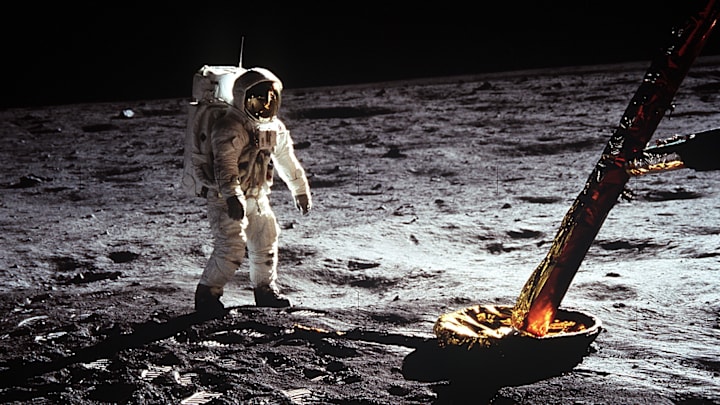The Discovery of Water on the Moon: Implications for Lunar Exploration

Recent discoveries have confirmed the presence of water ice on the Moon, particularly at the lunar poles, where the conditions are cold enough to preserve water in its solid form. These findings have significant implications for future lunar exploration and the potential for sustained human presence on the Moon.
The discovery of water on the Moon was first suggested by observations from the Lunar Reconnaissance Orbiter (LRO) and confirmed by the NASA Lunar Crater Observation and Sensing Satellite (LCROSS) mission. LCROSS's impactor revealed water ice in the permanently shadowed regions of the Moon's south pole, where temperatures are extremely low. Subsequent missions and analyses have continued to provide evidence of water ice in various locations on the lunar surface.
The presence of water on the Moon is of great interest for several reasons. Firstly, water is a critical resource for future lunar missions and potential lunar bases. It can be used for life support, as drinking water, and as a component for producing oxygen and hydrogen for rocket fuel. This resource could enable more sustainable and long-term human exploration of the Moon and serve as a stepping stone for missions to Mars and beyond.
Additionally, the study of lunar water ice provides insights into the Moon's geological history and the processes that have shaped its surface. Water ice can serve as a record of the Moon's past and its interactions with the solar wind and other celestial phenomena.
The discovery of lunar water also raises questions about the distribution and accessibility of this resource. Future missions will need to explore and map the locations of water ice, develop technologies for extracting and utilizing it, and assess its potential impact on lunar exploration and habitation.
In conclusion, the discovery of water on the Moon opens up exciting possibilities for future exploration and settlement. By leveraging this resource, space agencies and private companies can advance their plans for lunar missions and establish a more permanent human presence on the Moon.